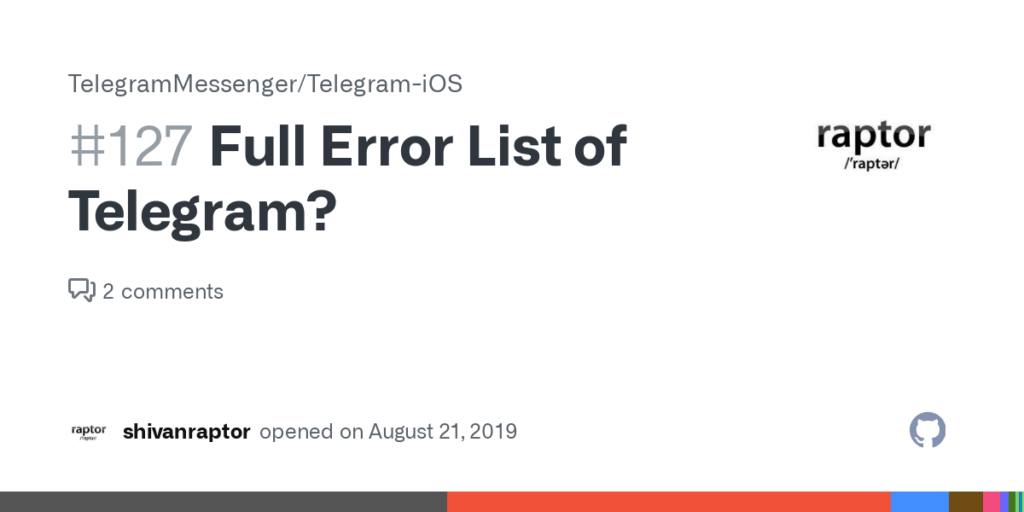
Introduction
In an era where digital privacy and secure communication are priorities for many, the messaging app Telegram is gaining traction as a formidable player in the market. Launched in 2013 by Pavel Durov, the app is designed to provide robust privacy features, fast messaging capabilities, and a user-friendly experience. Its relevance surged in the past few years, particularly during global events that emphasized the need for secure communication channels.
Growing Popularity
Recent statistics indicate that Telegram has surpassed 700 million monthly active users, marking a growth rate of over 50% since 2020. This rise can be attributed to several high-profile global events that have challenged traditional communication methods, prompting users to seek platforms like Telegram that offer enhanced privacy. The app’s commitment to end-to-end encryption, particularly in its Secret Chats feature, has resonated with those concerned about data security.
Key Features of Telegram
Telegram’s appeal lies in a range of features designed to enhance user experience:
- Channels and Groups: Users can create channels for broadcasting messages to unlimited audiences and group chats that can include up to 200,000 members.
- File Sharing: Telegram allows the sharing of files up to 2 GB in size, enabling users to send large documents and media effortlessly.
- Customizable Bots: The platform supports bot creation, allowing for interaction and automation in various contexts, from customer service to gaming.
- Cross-Platform Access: Users can access Telegram from multiple devices, including desktops and tablets, ensuring a seamless experience.
Controversies and Challenges
Despite its growing popularity, Telegram has faced criticism and scrutiny, particularly regarding the presence of extremist groups and misinformation. Authorities in various countries have raised concerns about the platform being used for illegal activities due to its less stringent content moderation policies compared to competitors. In response, Telegram has reiterated its commitment to privacy while also emphasizing the importance of user safety by providing options to report inappropriate content.
Conclusion
The rise of Telegram as a major messaging platform reflects a broader trend towards valuing privacy and security in communication. As more individuals and organizations recognize the importance of safeguarding their messages and data, Telegram’s user base is likely to continue expanding. Future developments in regulatory frameworks could challenge the app, but its strong growth indicates that users appreciate its unique offerings. For readers seeking secure messaging options, Telegram remains a highly relevant tool in today’s digital landscape.



